*NURSING > QUESTIONS & ANSWERS > Advanced Cardiovascular Life Support Exam Version A (50 questions) (All)
Advanced Cardiovascular Life Support Exam Version A (50 questions)
Document Content and Description Below
1. You find an unresponsive patient who is not breathing. After activating the emergency response system, you determine that there is no pulse. What is your next action? A. Open the airway with a he... ad tilt–chin lift. B. Administer epinephrine at a dose of 1 mg/kg. C. Deliver 2 rescue breaths each over 1 second. D. Start chest compressions at a rate of at least 100/min. 2. You are evaluating a 58-year-old man with chest pain. The blood pressure is 92/50 mm Hg, the heart rate is 92/min, the nonlabored respiratory rate is 14 breaths/min, and the pulse oximetry reading is 97%. What assessment step is most important now? A. PETCO2 B. Chest x-ray C. Laboratory testing D. Obtaining a 12-lead ECG 3. What is the preferred method of access for epinephrine administration during cardiac arrest in most patients? A. Intraosseous B. Endotracheal C. Central intravenous D. Peripheral intravenous 4. An activated AED does not promptly analyze the rhythm. What is your next action? A. Begin chest compressions. B. Discontinue the resuscitation attempt. C. Check all AED connections and reanalyze. D. Rotate AED electrodes to an alternate position. 3 Advanced Cardiovascular Life Support Written Exam Version A © 2011 American Heart Association 5. You have completed 2 minutes of CPR. The ECG monitor displays the lead II rhythm below, and the patient has no pulse. Another member of your team resumes chest compressions, and an IV is in place. What management step is your next priority? A. Give 0.5 mg of atropine. B. Insert an advanced airway. C. Administer 1 mg of epinephrine. D. Administer a dopamine infusion. 6. During a pause in CPR, you see this lead II ECG rhythm on the monitor. The patient has no pulse. What is the next action? A. Establish vascular access. B. Obtain the patient’s history. C. Resume chest compressions. D. Terminate the resuscitative effort. 7. What is a common but sometimes fatal mistake in cardiac arrest management? A. Failure to obtain vascular access B. Prolonged periods of no ventilations C. Failure to perform endotracheal intubation D. Prolonged interruptions in chest compressions 8. Which action is a component of high-quality chest compressions? A. Allowing complete chest recoil B. Chest compressions without ventilation C. 60 to 100 compressions per minute with a 15:2 ratio D. Uninterrupted compressions at a depth of 1½ inches [Show More]
Last updated: 1 year ago
Preview 1 out of 36 pages

Reviews( 0 )
Document information
Connected school, study & course
About the document
Uploaded On
Jul 26, 2022
Number of pages
36
Written in
Additional information
This document has been written for:
Uploaded
Jul 26, 2022
Downloads
0
Views
31

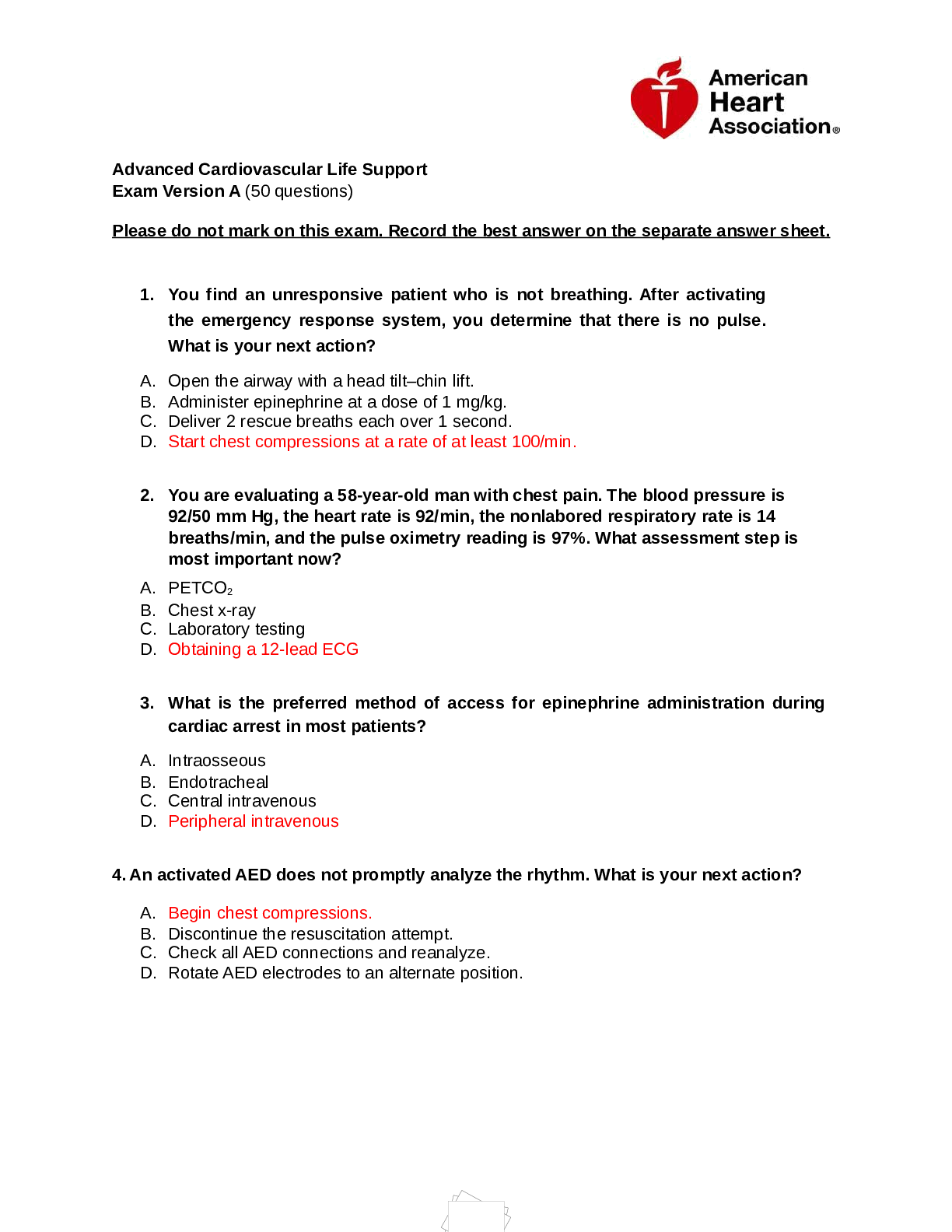
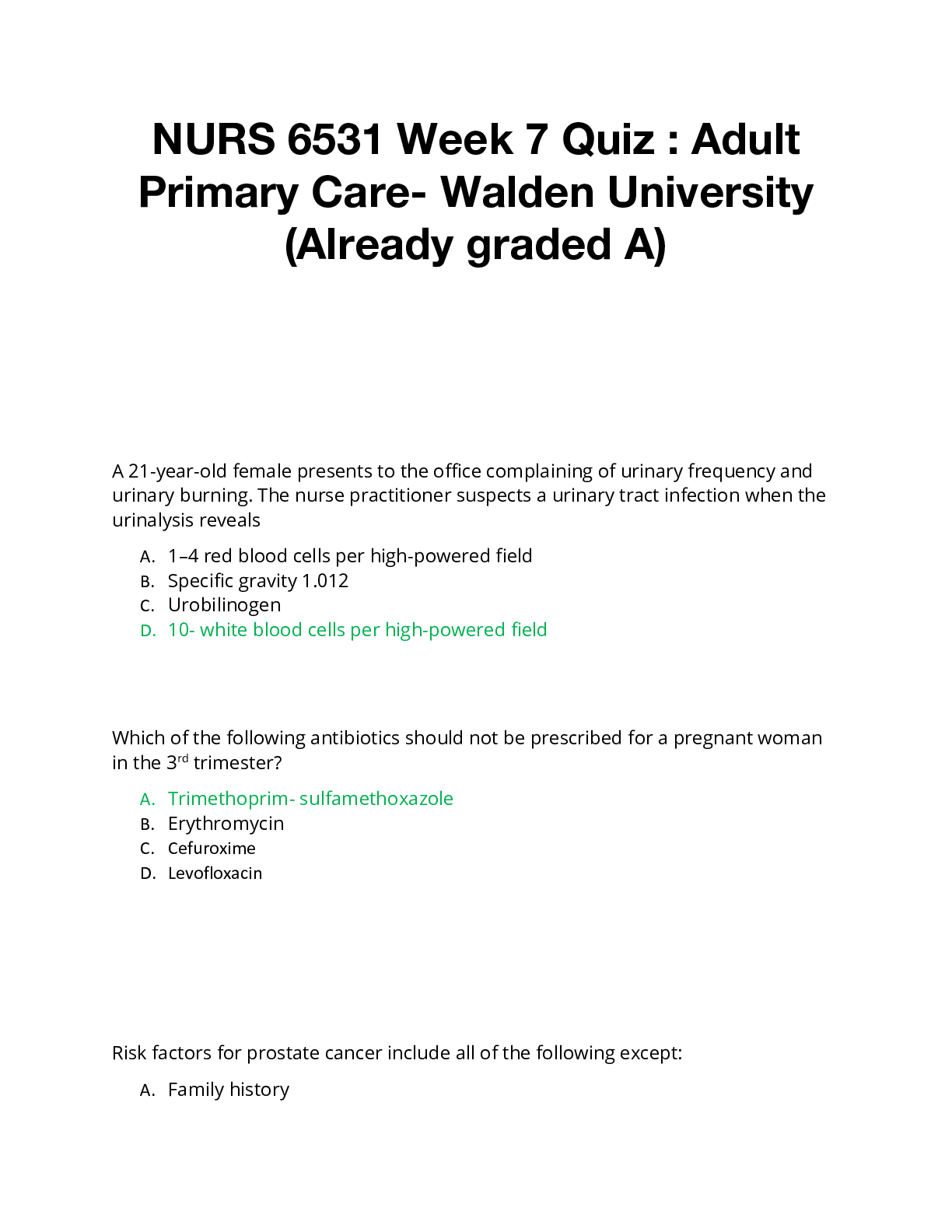



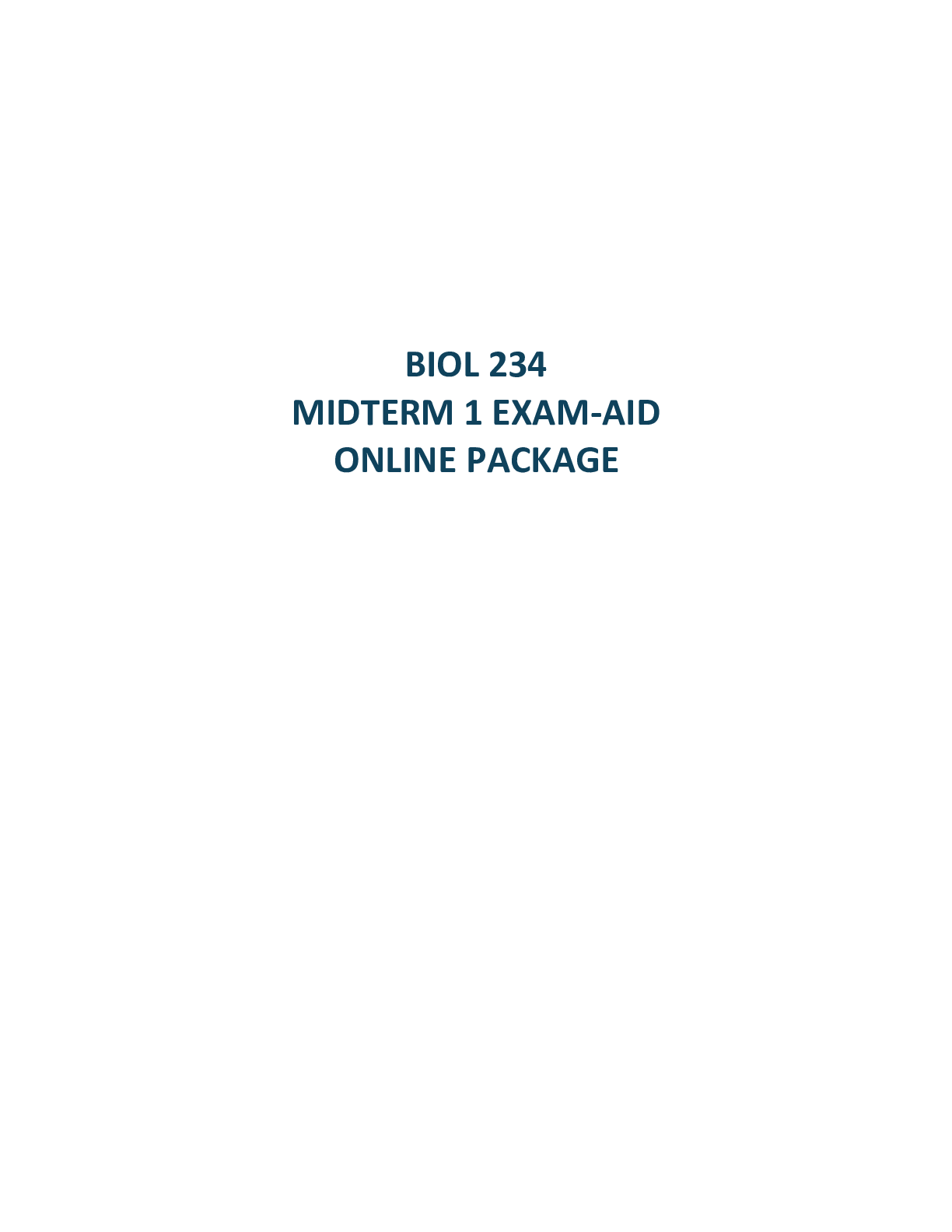
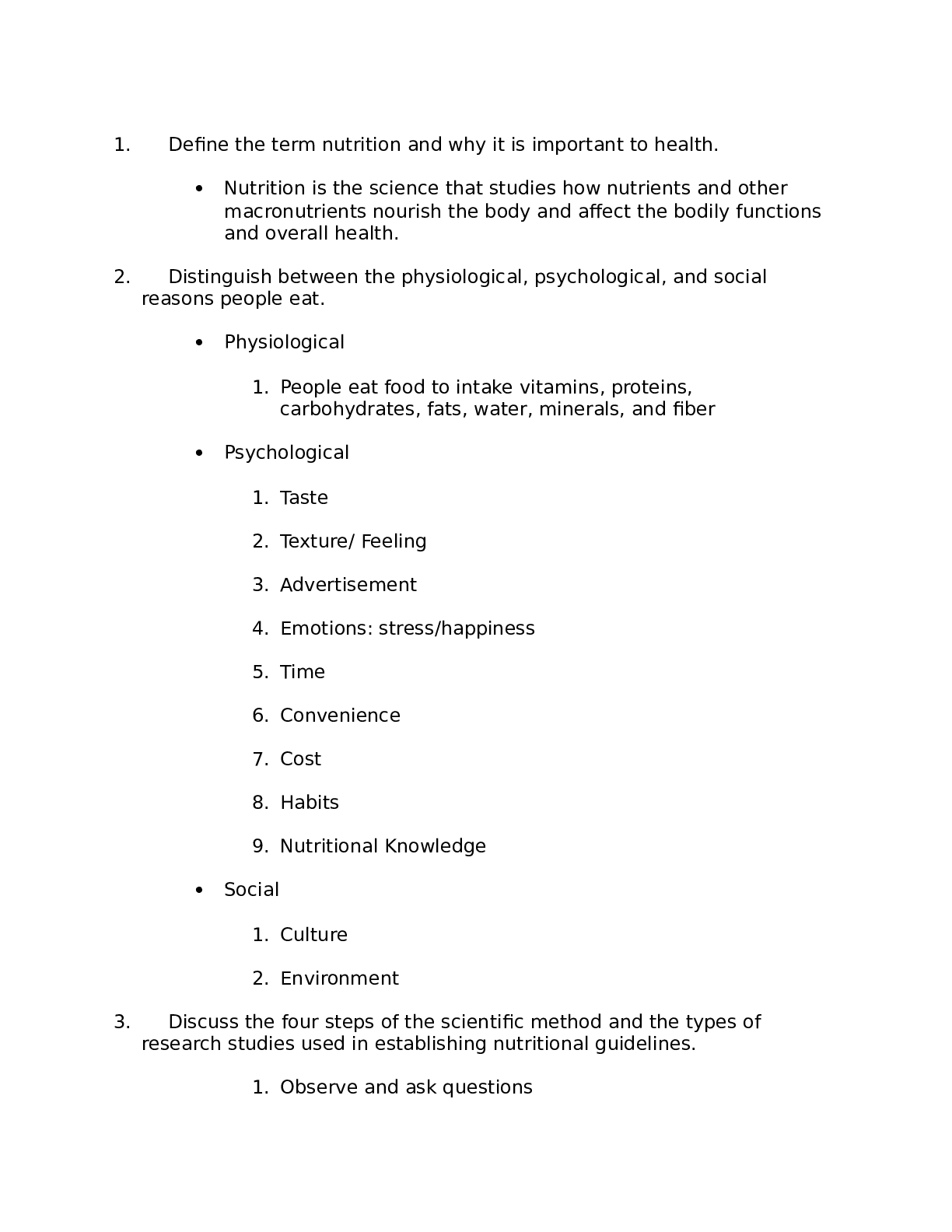
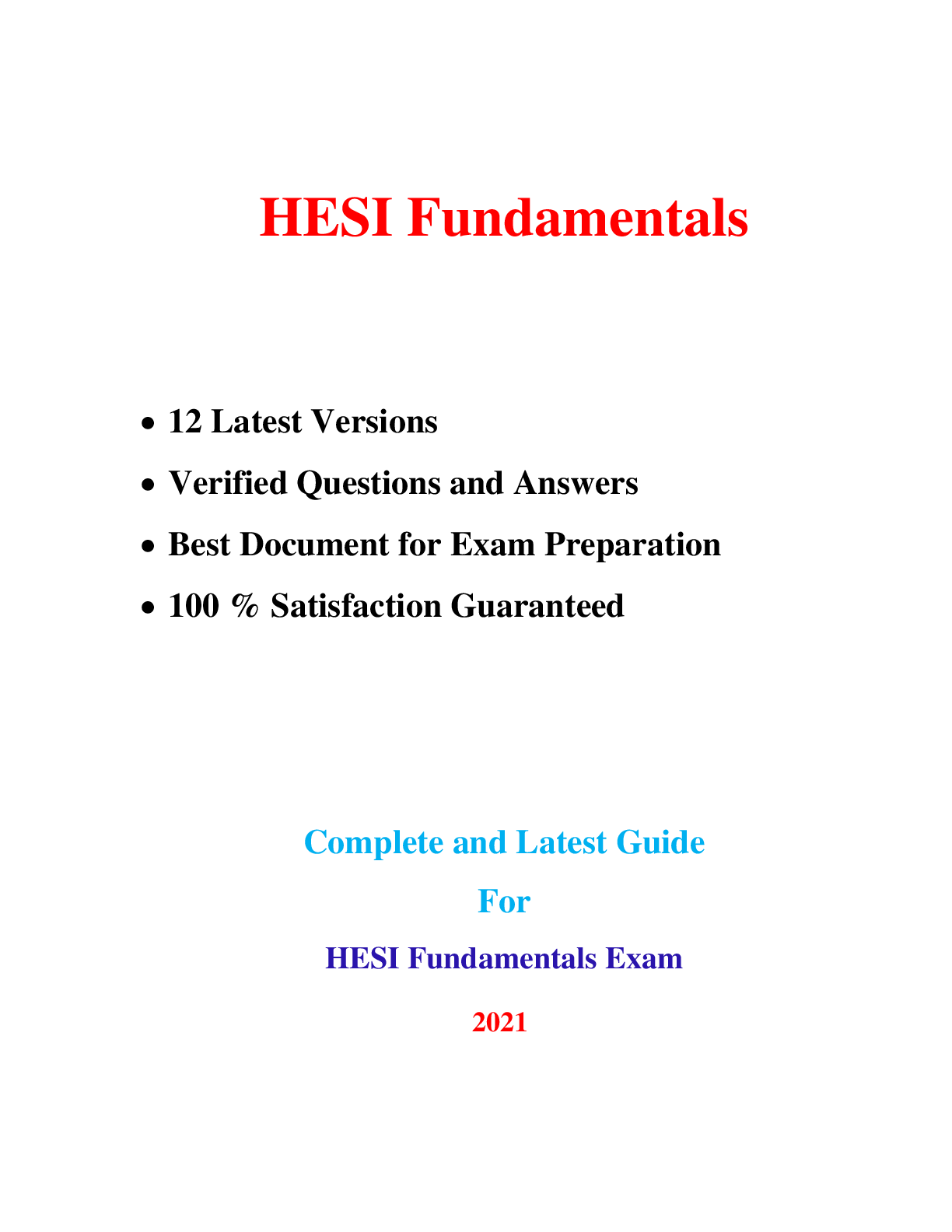
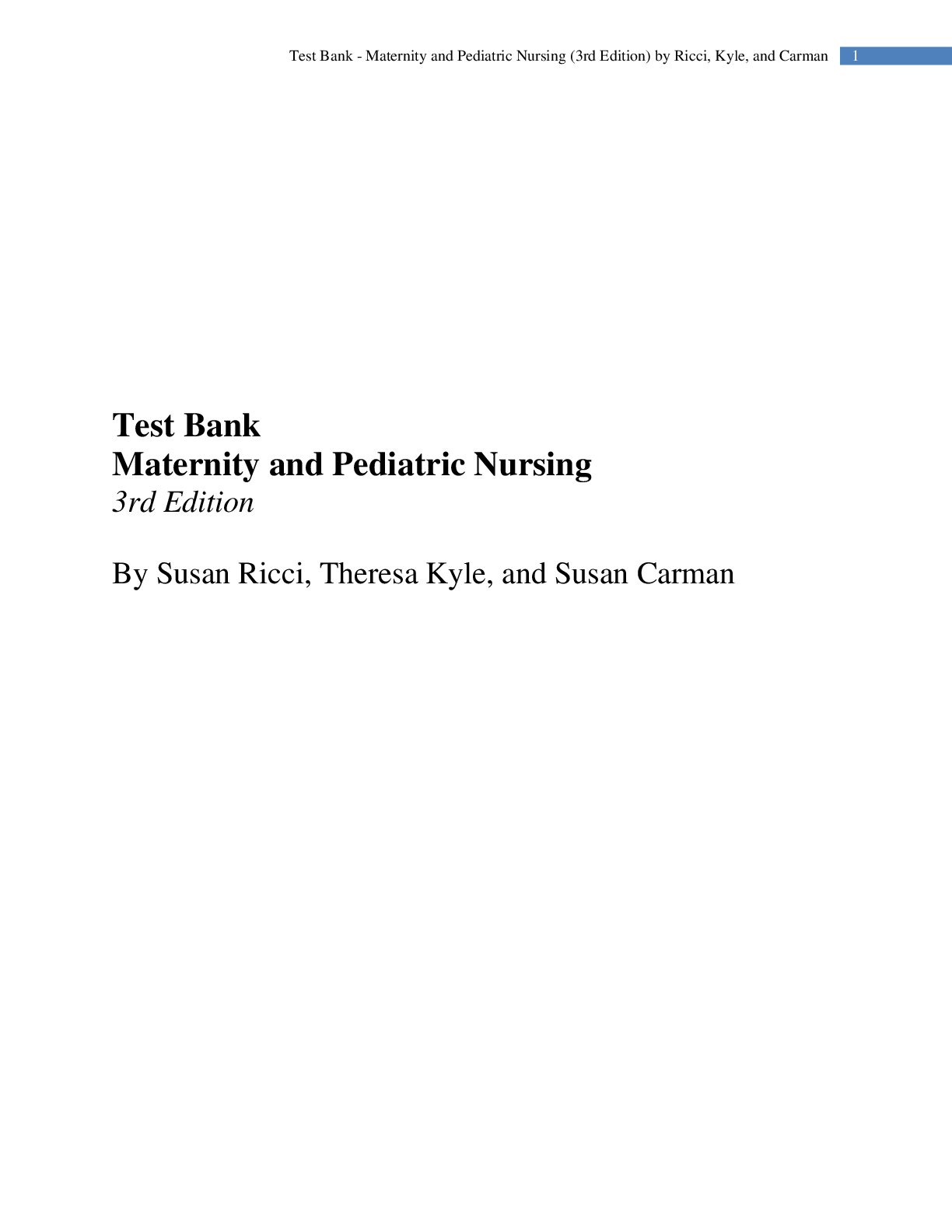
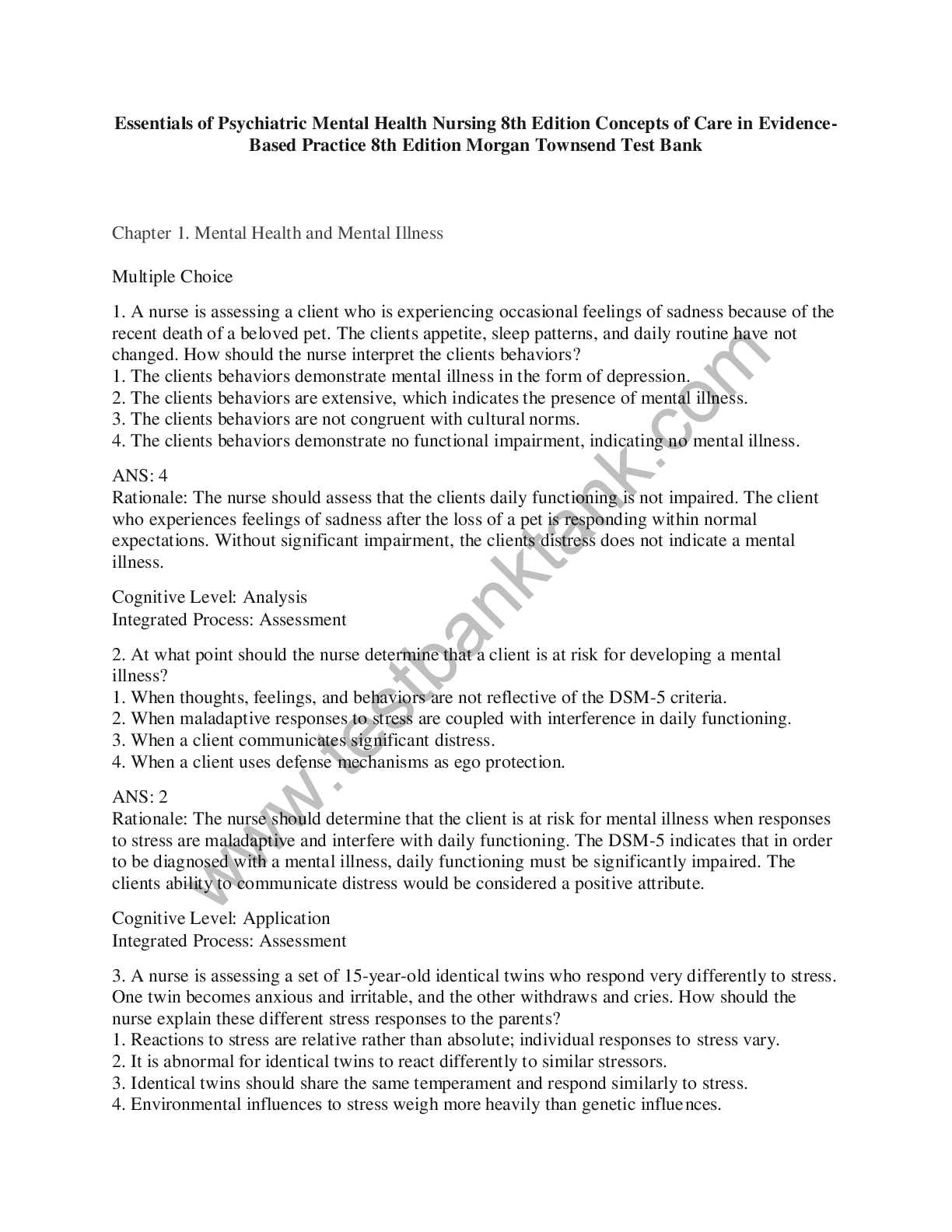
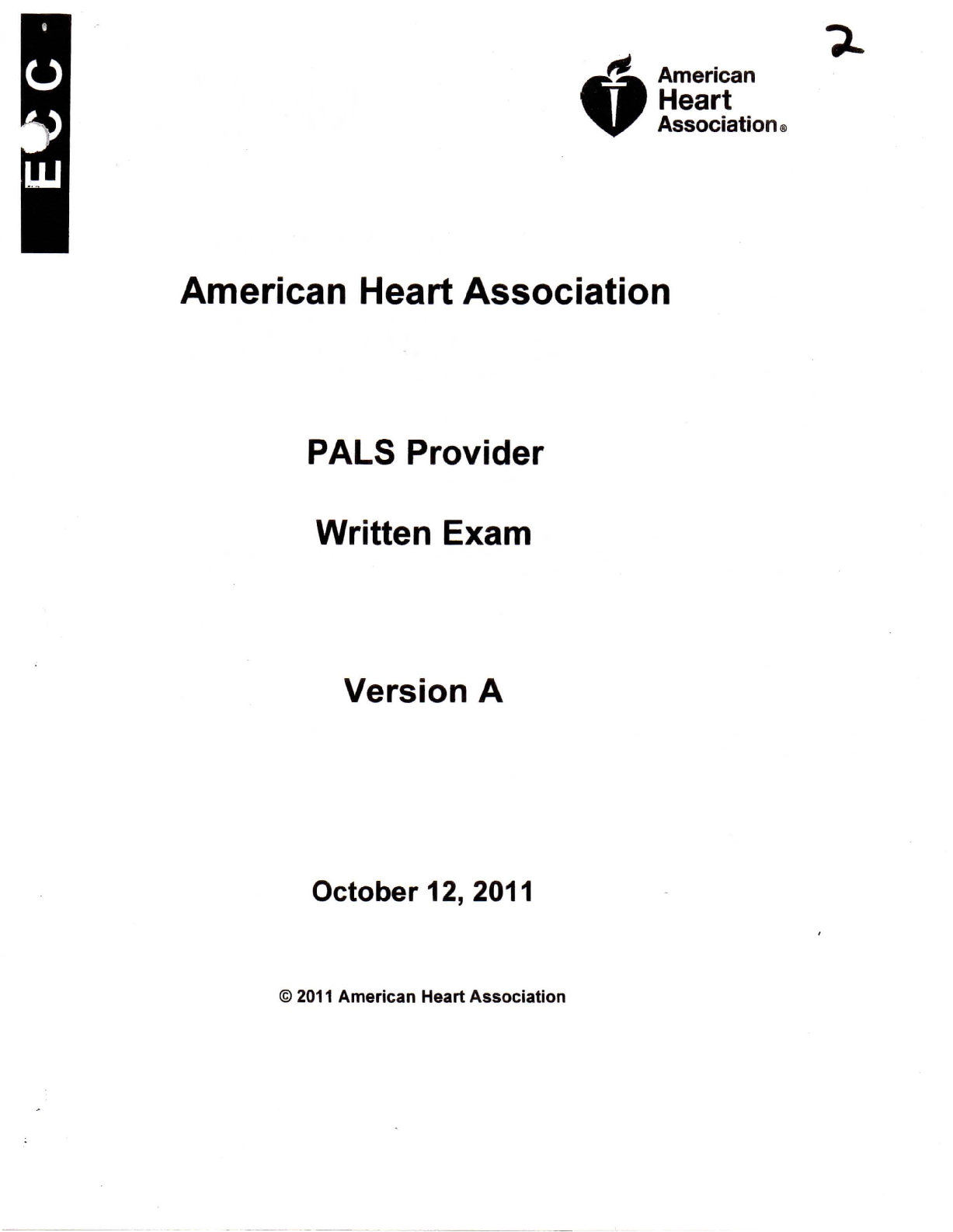
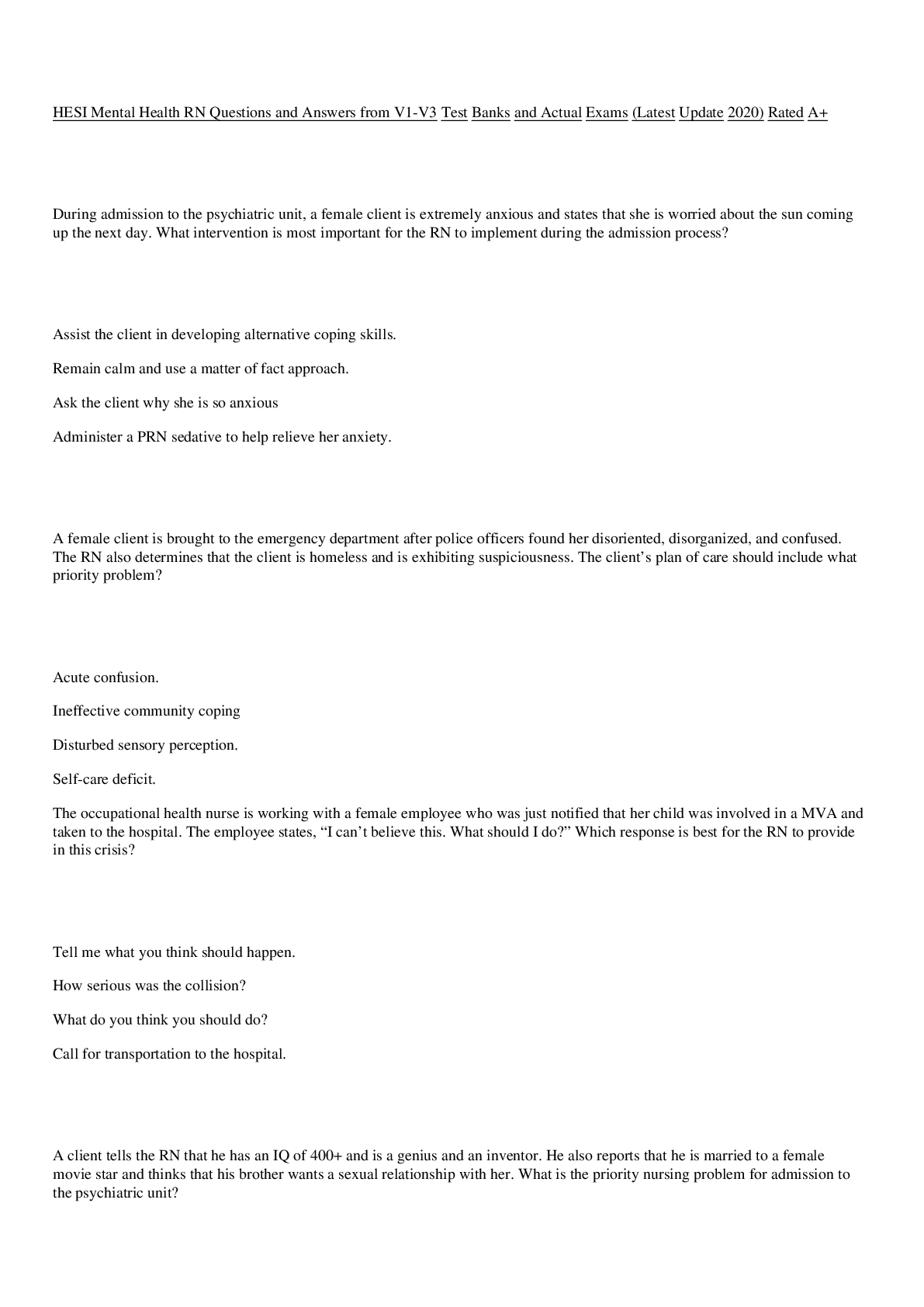

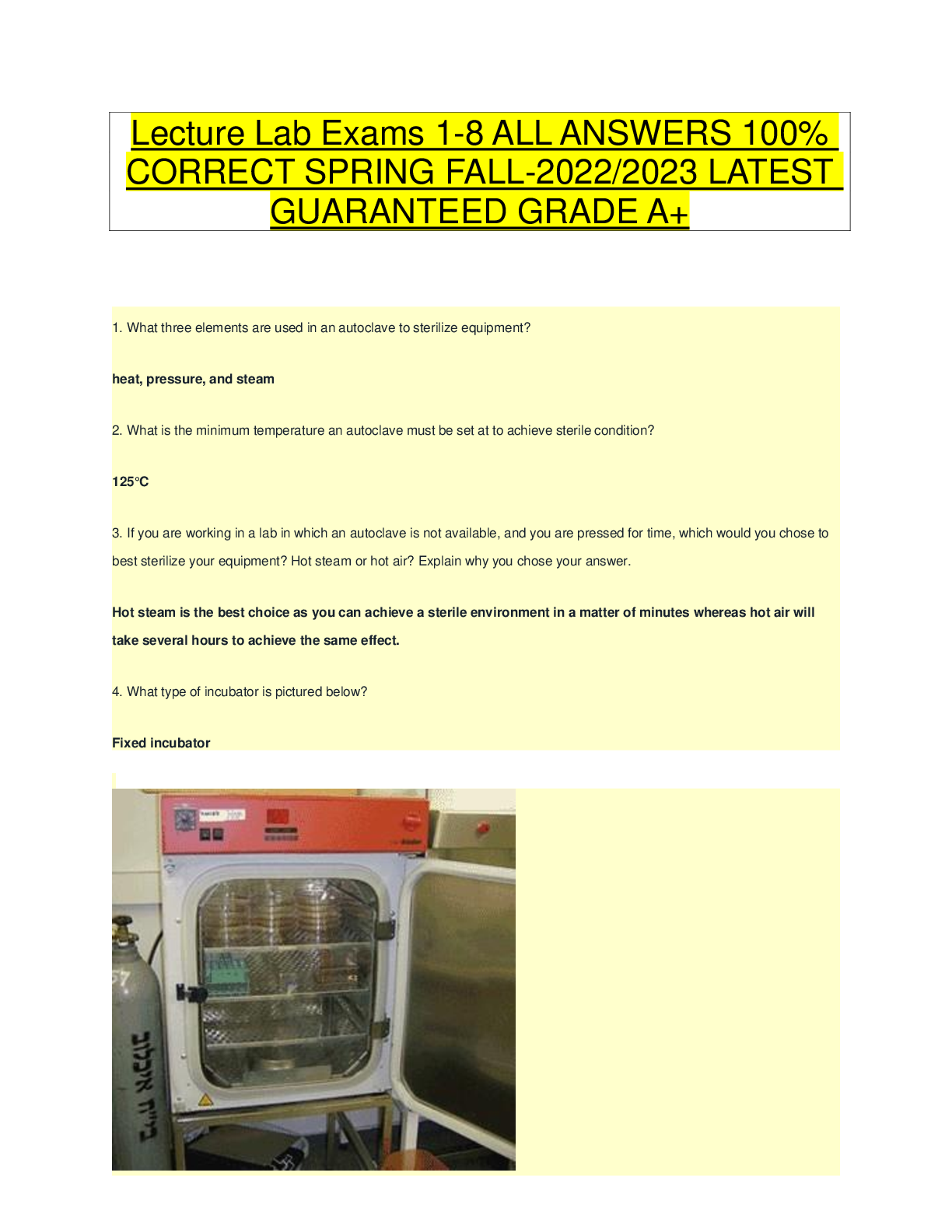
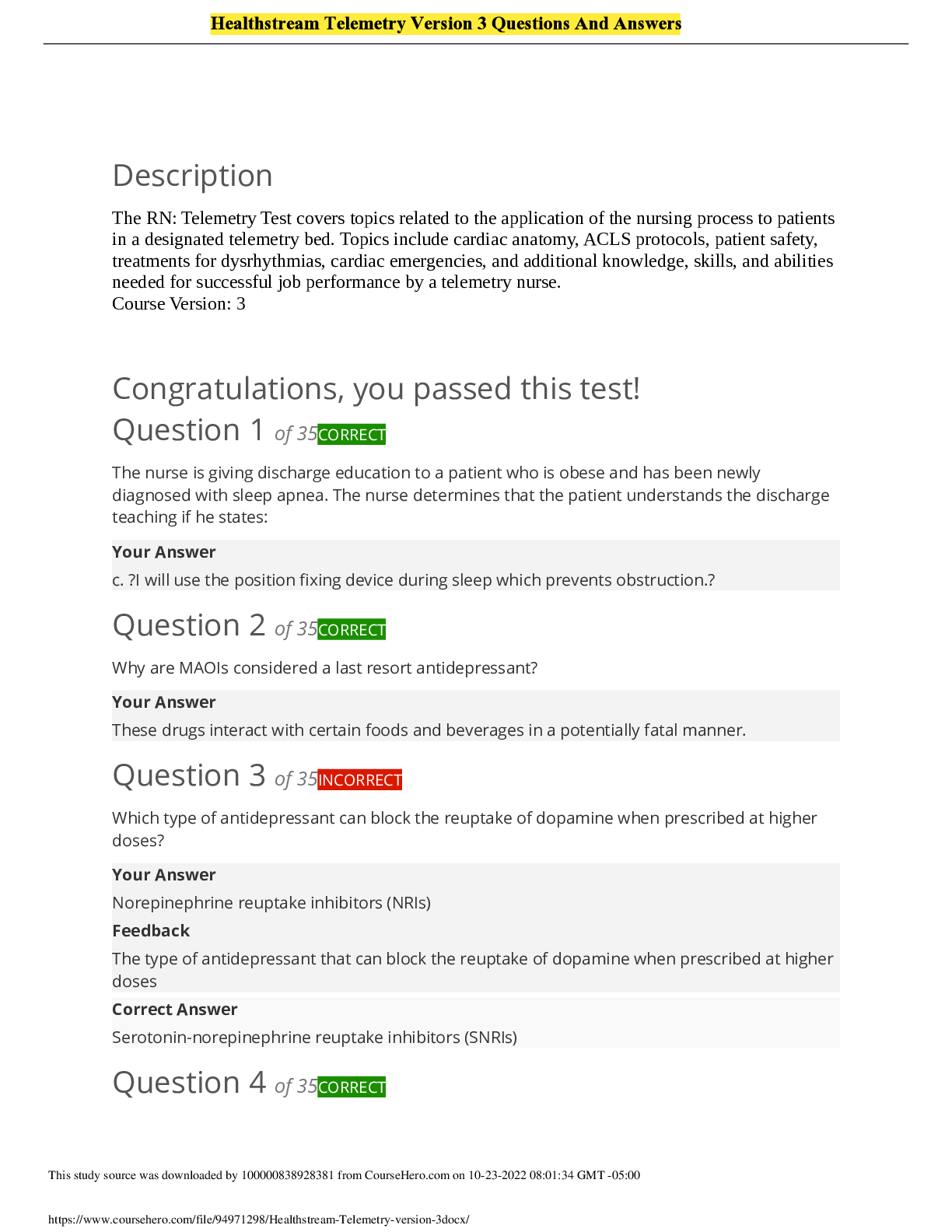

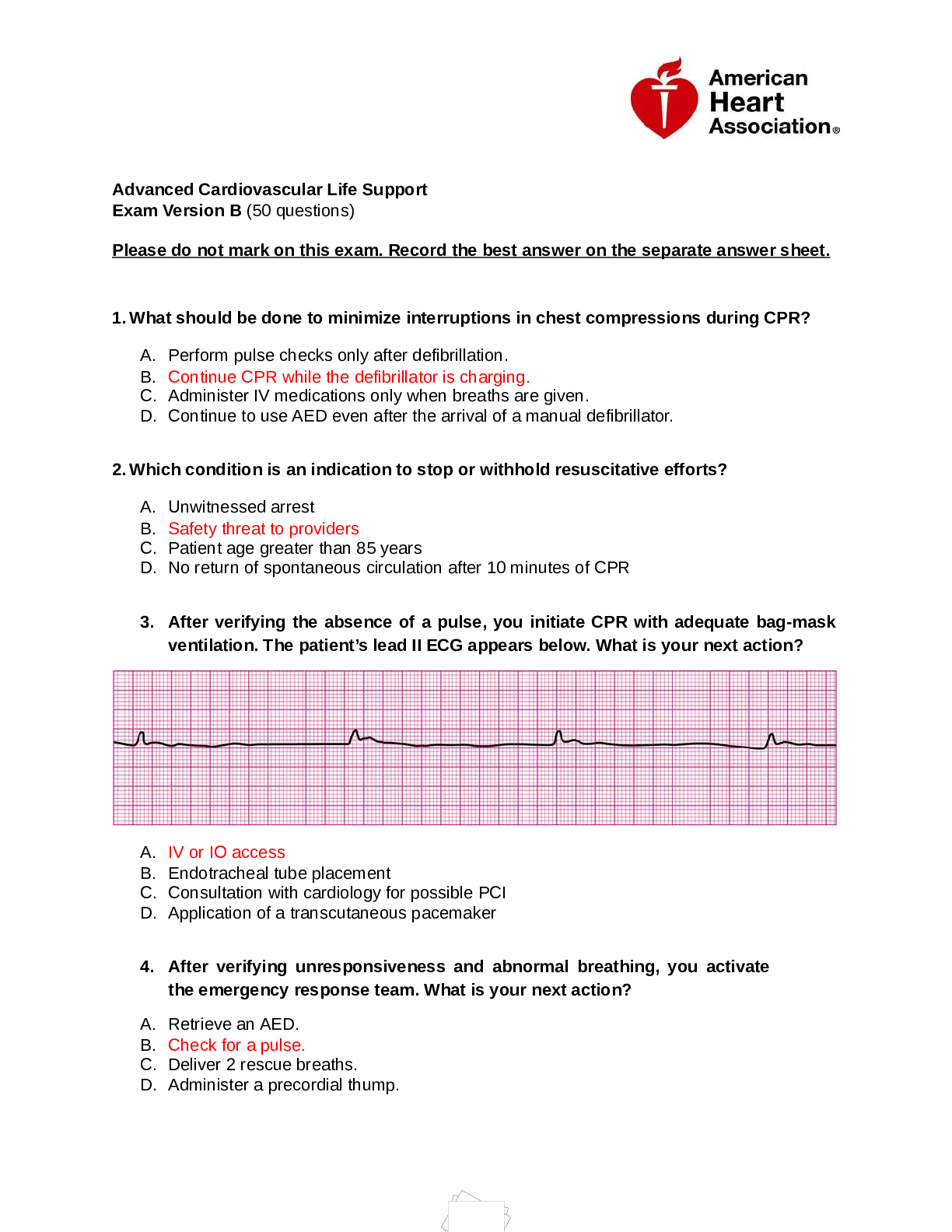

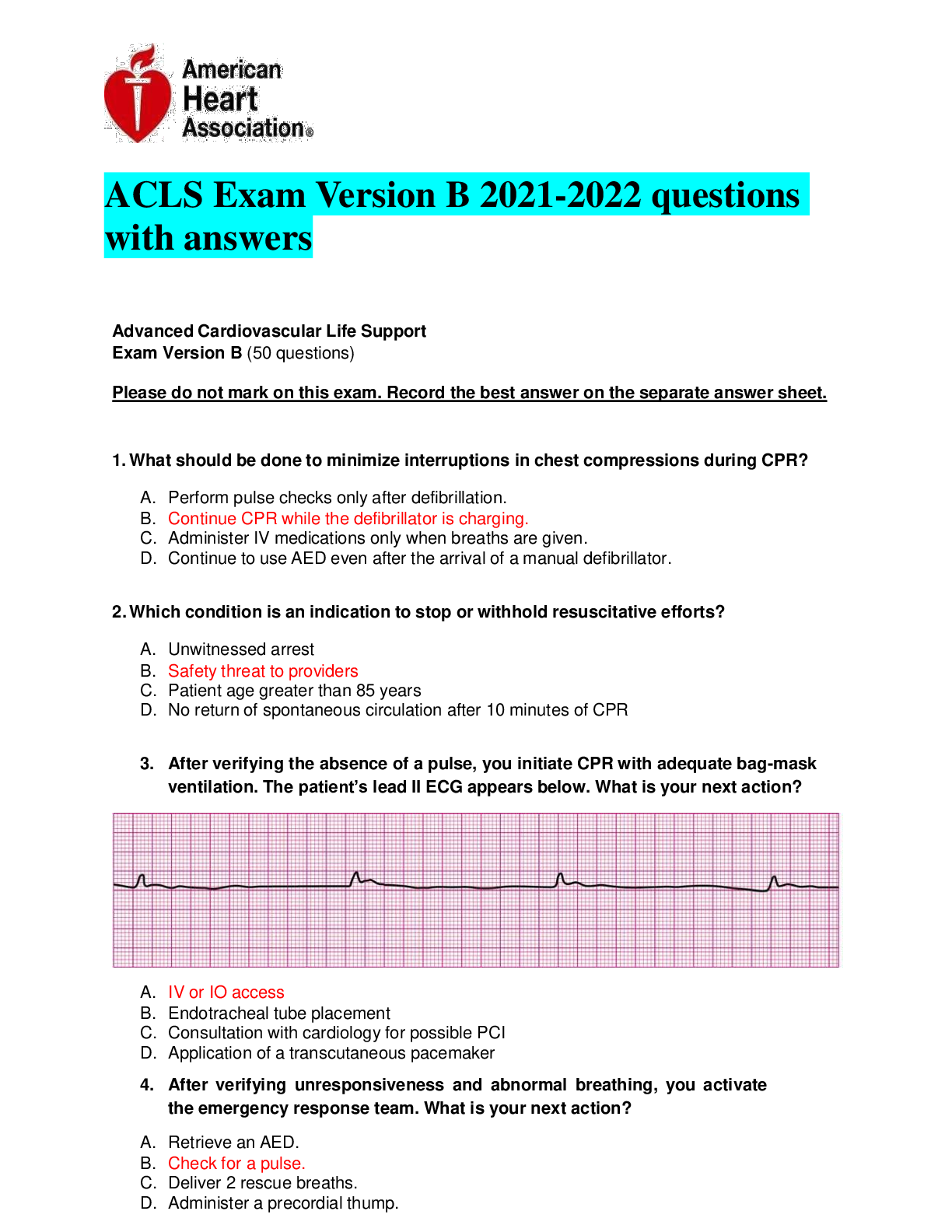
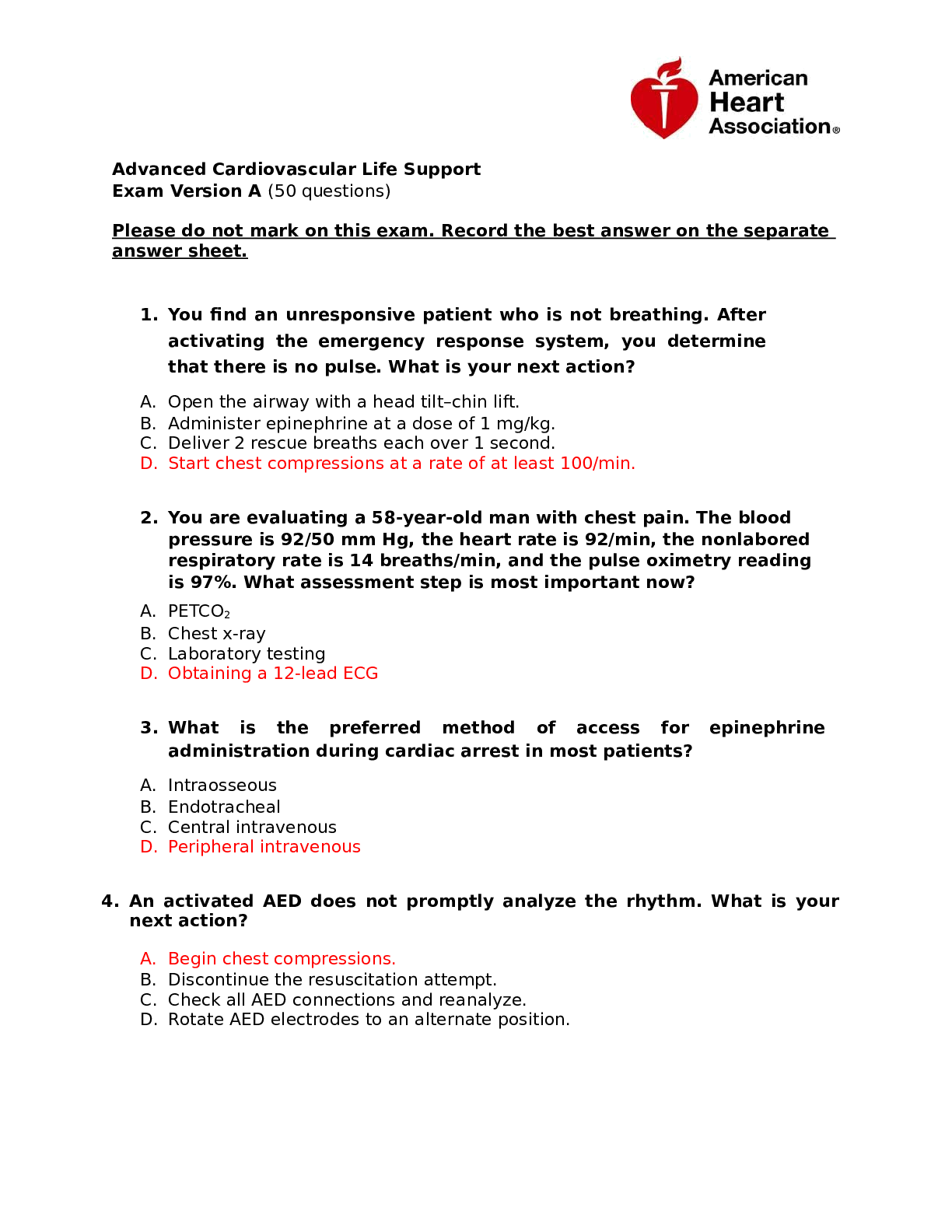


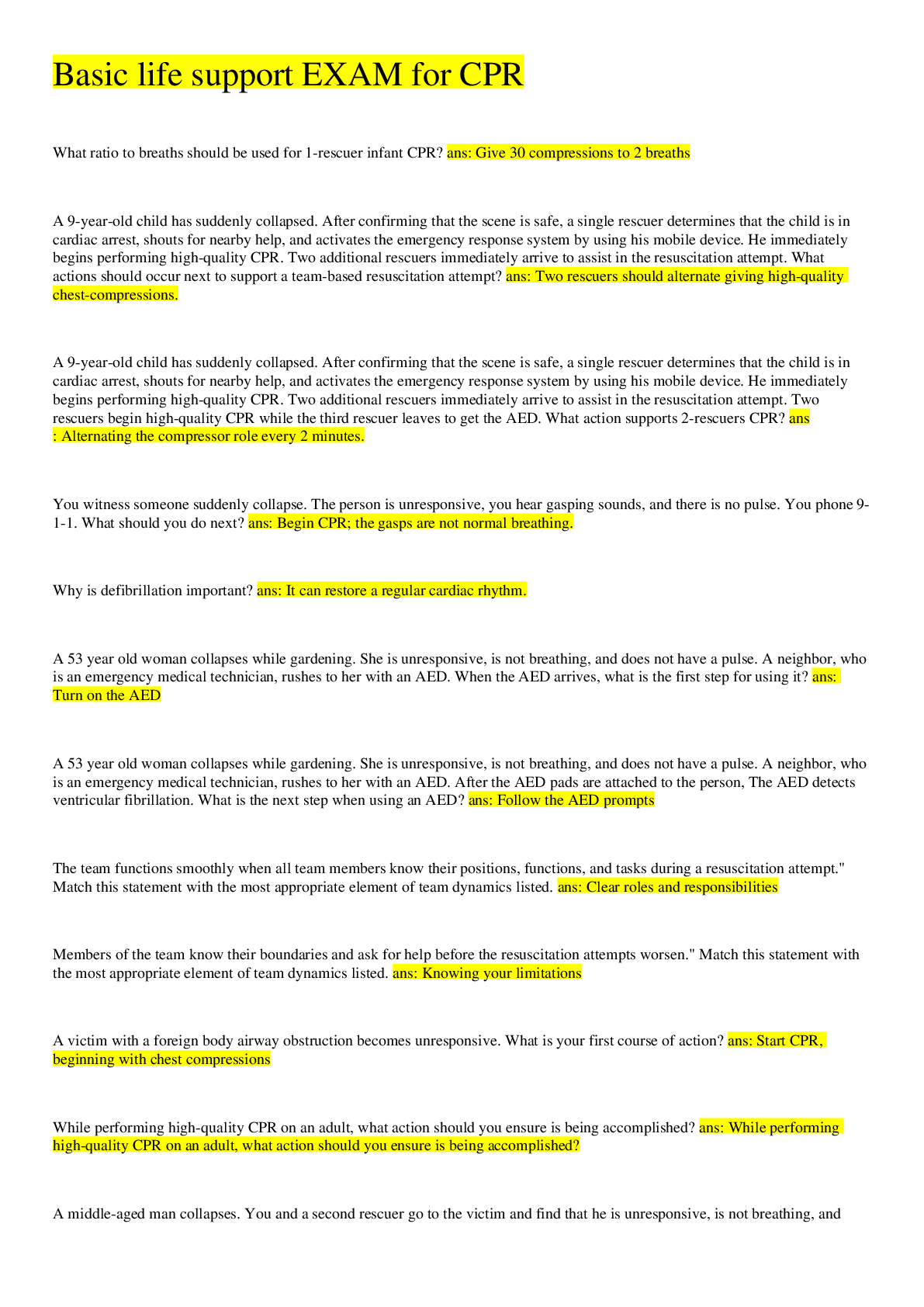

.png)
.png)

